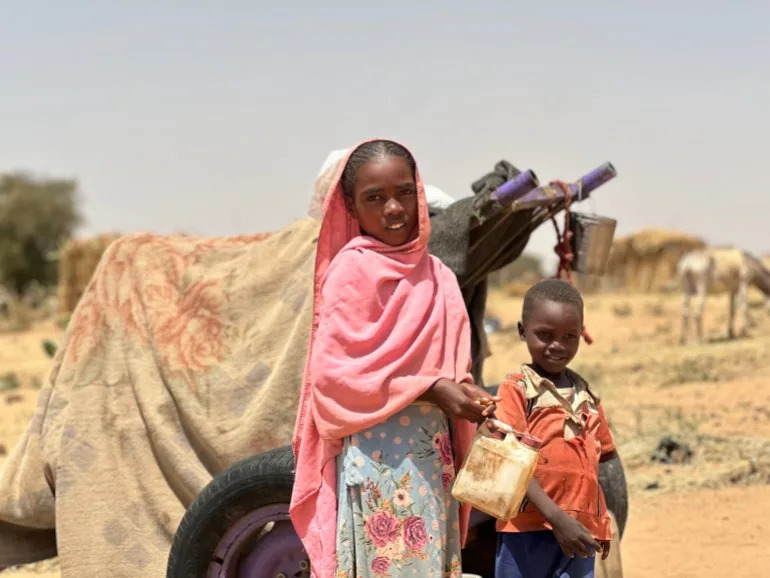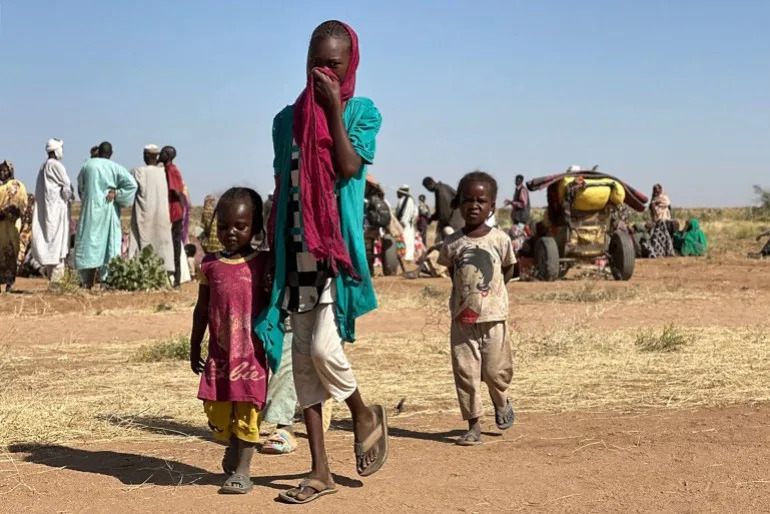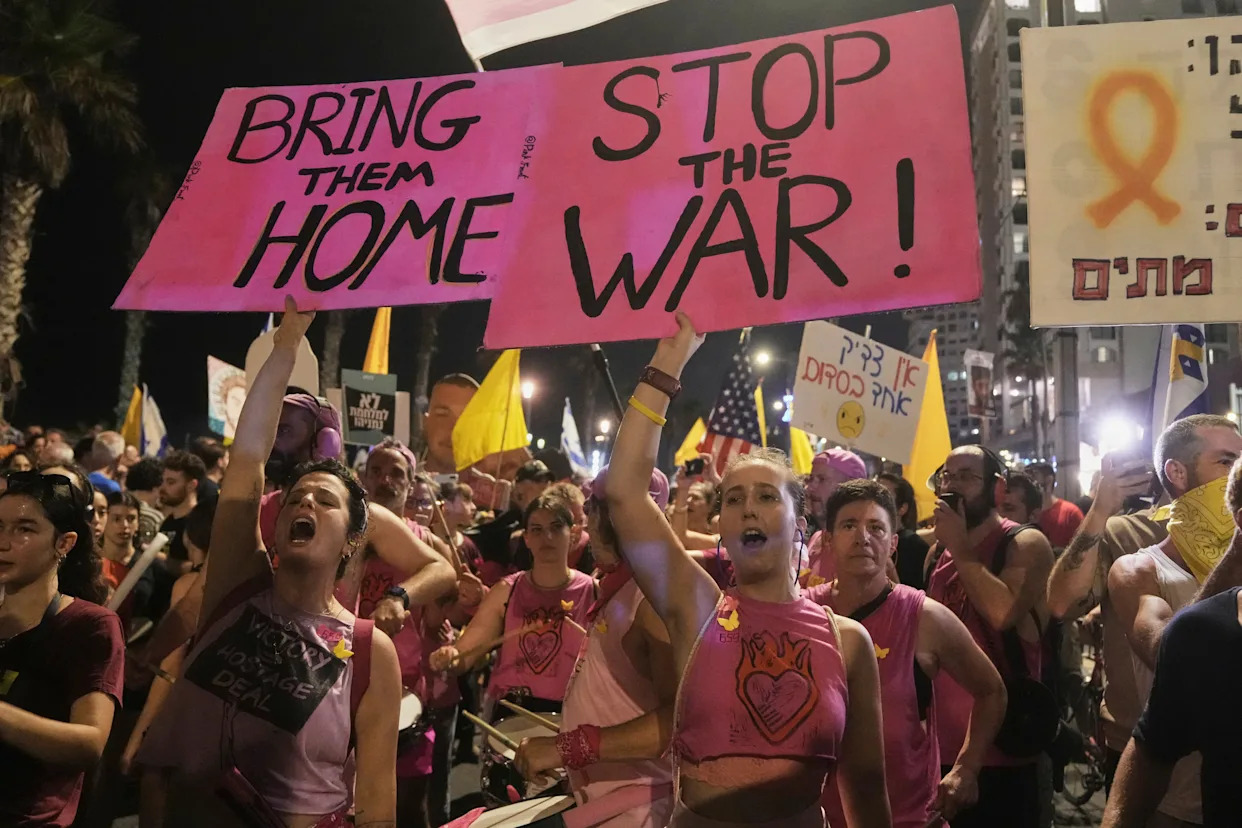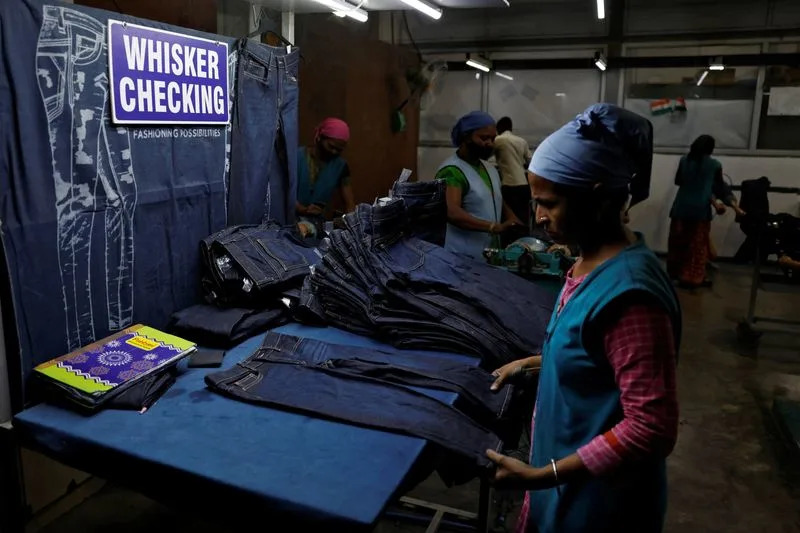Sudan’s 27-month civil war is being compounded by a hunger crisis affecting the vulnerable, especially the people trapped in North Darfur’s capital, el-Fasher.
Despite numerous pleas for help from the people within, aid agencies say they have been denied access to el-Fasher.
As a result, some 740,000 people are deteriorating from hunger, according to the African Centre for Justice and Peace Studies.
In December 2024, global hunger monitor the Integrated Food Security Phase Classification, declared a famine in Zamzam and Abu Shouk camps – two camps housing hundreds of thousands of displaced people in North Darfur – and warned that it could spread to el-Fasher by May.
So, how did things get so bad in el-Fasher? Here’s what you need to know:
What is happening in el-Fasher?
In April 2024, the paramilitary Rapid Support Forces (RSF) imposed a siege on el-Fasher, angered when local armed groups declared allegiance to the Sudanese Armed Forces (SAF).
The RSF, which has been fighting SAF since April 2023, locked down all the ways in and out of the city, tightening its siege in the last months as it gradually closed in.
Local journalists, the United Nations and relief groups say the price of food is surging, leaving most people unable to afford staples such as sorghum and wheat.
The UN says food costs about four times more in el-Fasher than the rest of the country, while local journalist Mohamed Zakaria told Al Jazeera the markets are often bare.
In addition, he said, communal kitchens, which played a pivotal role in feeding civilians across the country, have shut down due to food shortages brought on by the siege.
Who is trapped in el-Fasher?
People originally from el-Fasher and generations of displaced people who sought refuge in North Darfur over the last 20 years are trapped in the capital.
Some first came to the city to escape the government-backed nomadic “Arab” Janjaweed militias during the first Darfur war in 2003. Many of these armed groups are now fighting as part of the RSF.
Others fled to North Darfur to escape the RSF as it swept through the other four states of the sprawling region: South, East, West and Central Darfur.
Most recently, in April, families fled to el-Fasher after the RSF invaded the nearby Zamzam camp, which sheltered more than half a million people.
In March, the United Nations Children’s Fund (UNICEF) said that about half of the people trapped in and around el-Fasher were children.

What and who caused the crisis?
There is a hunger crisis across Sudan, mainly caused by the continuing civil war and the use of starvation as a weapon of war, according to Al Jazeera’s previous reporting.
In el-Fasher, the catastrophic hunger is due to the RSF’s siege as it tries to capture the city, which would give it control over the entire strategic region of Darfur.
If it succeeds, Sudan could potentially be partitioned, with RSF rule over the western and southern regions while the SAF controls the centre, north and east.
The SAF has mostly relied on sedentary “non Arab” armed groups, which it fought during the first Darfur war, to repel repeated RSF attacks since the siege began.
These armed groups are collectively known as the “Joint Forces”, and despite holding el-Fasher so far, they are losing ground.
The SAF has flown some aerial bombardment missions over the el-Fasher region, but no campaign has been launched to liberate the city.
How are people surviving?
At this point, many have turned to animal fodder.
They are eating fodder known locally as ambaz, which is made from the residue of pressed oilseeds like peanuts, sesame and sunflower seeds. People are now grinding these pellets up to make a slurry that can keep them alive.
Zakaria added that people are trying to grow some food in their huts to survive, but it’s not enough to sustain them.
Children are the most vulnerable to starvation.
Has anyone managed to escape?
Over the last 15 months, many people have managed to escape.
Ignoring calls to allow aid agencies to reach civilians, the RSF instead opened a “humanitarian corridor” to Tawila, a town some 40km (24.8 miles) away.
Thousands of people have gone to Tawila, where a major cholera outbreak is threatening the lives of already malnourished children.
However, some aid agencies have been able to help people there.
Despite the health crisis, those who made it to Tawila consider themselves lucky compared with those who were captured and killed by the RSF when they tried to escape el-Fasher.
Young men are often accused of fighting for army-aligned armed groups, which happened on August 2, when the RSF killed 14 people and injured many others in a village along the route out of el-Fasher, according to the Emergency Lawyers, a local monitor.
Is it getting worse?
Daily, it seems.
In the first six months of this year, 239 children in el-Fasher died of hunger, according to the Sudanese Doctors’ Network. That number could mushroom if aid doesn’t reach people in the besieged city soon, warn UN agencies.
The World Food Programme (WFP) has said in a statement that it has been unable to send aid trucks into the city due to the siege, and warned that thousands of people face starvation.
In a video of an elderly woman from el-Fasher shared on TikTok, which Al Jazeera’s Sanad agency has verified, she pleaded for the army to open a corridor so aid could reach people trapped in the besieged city.
“All of you and your families are outside [el-Fasher], and none of you are starving like this,” she said.









Comments